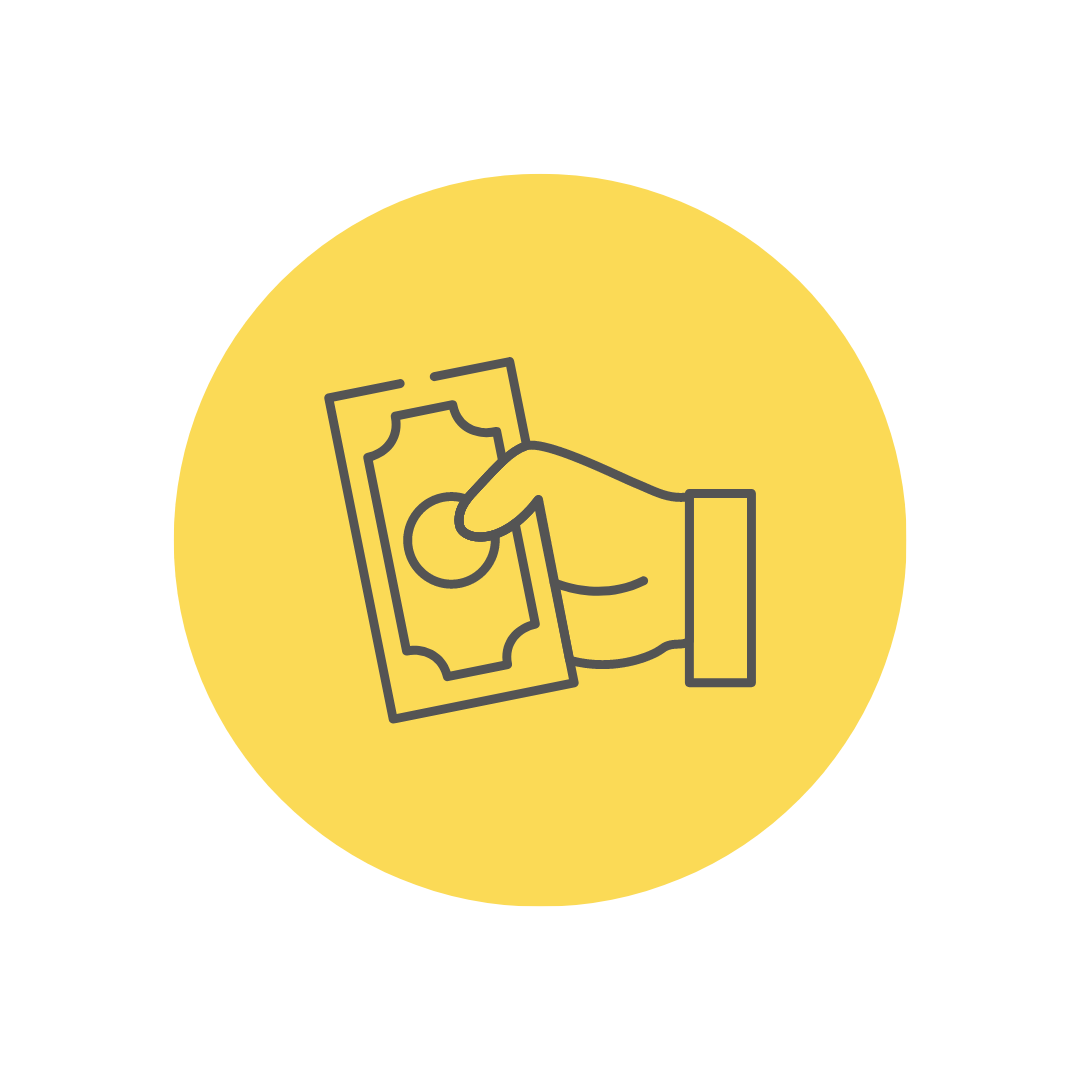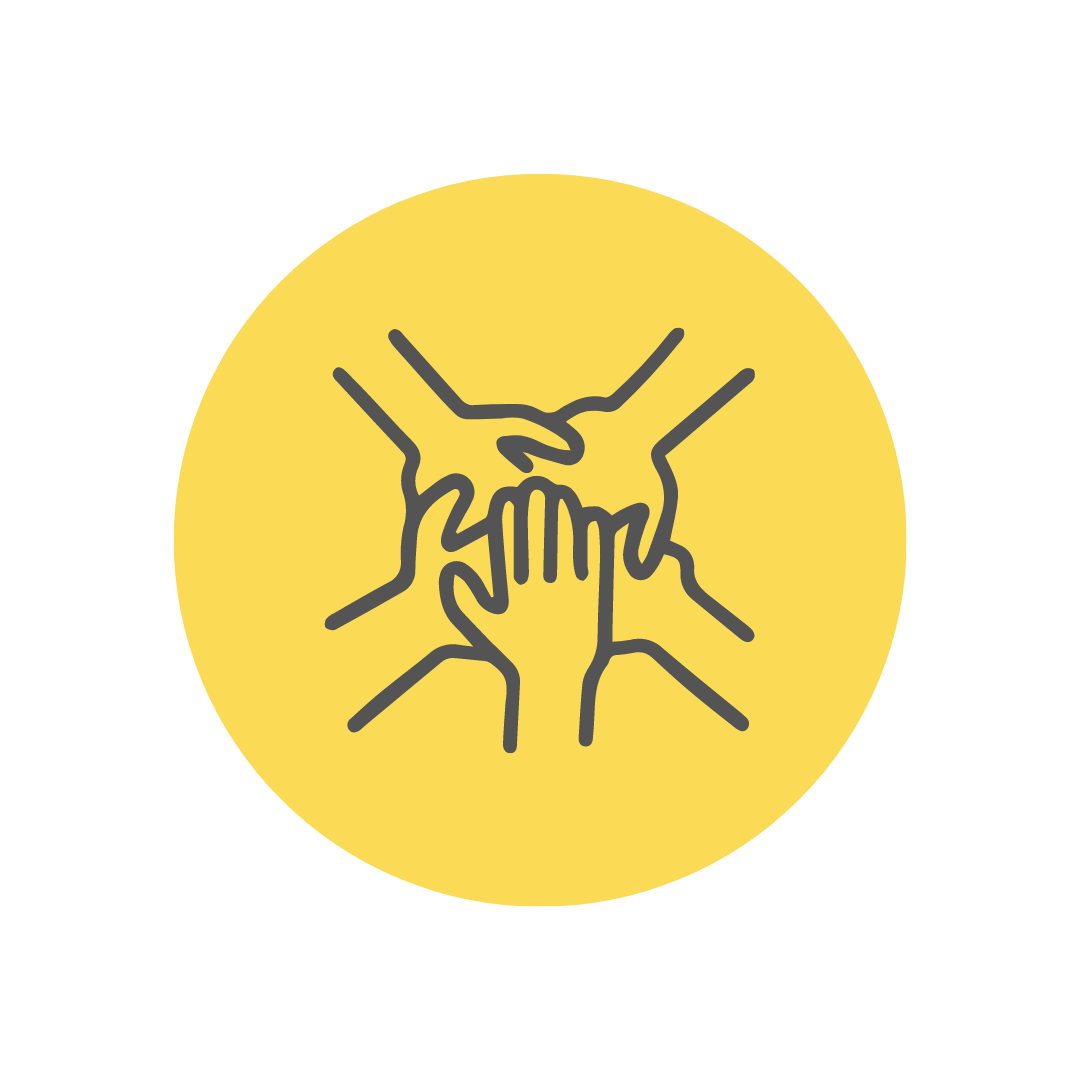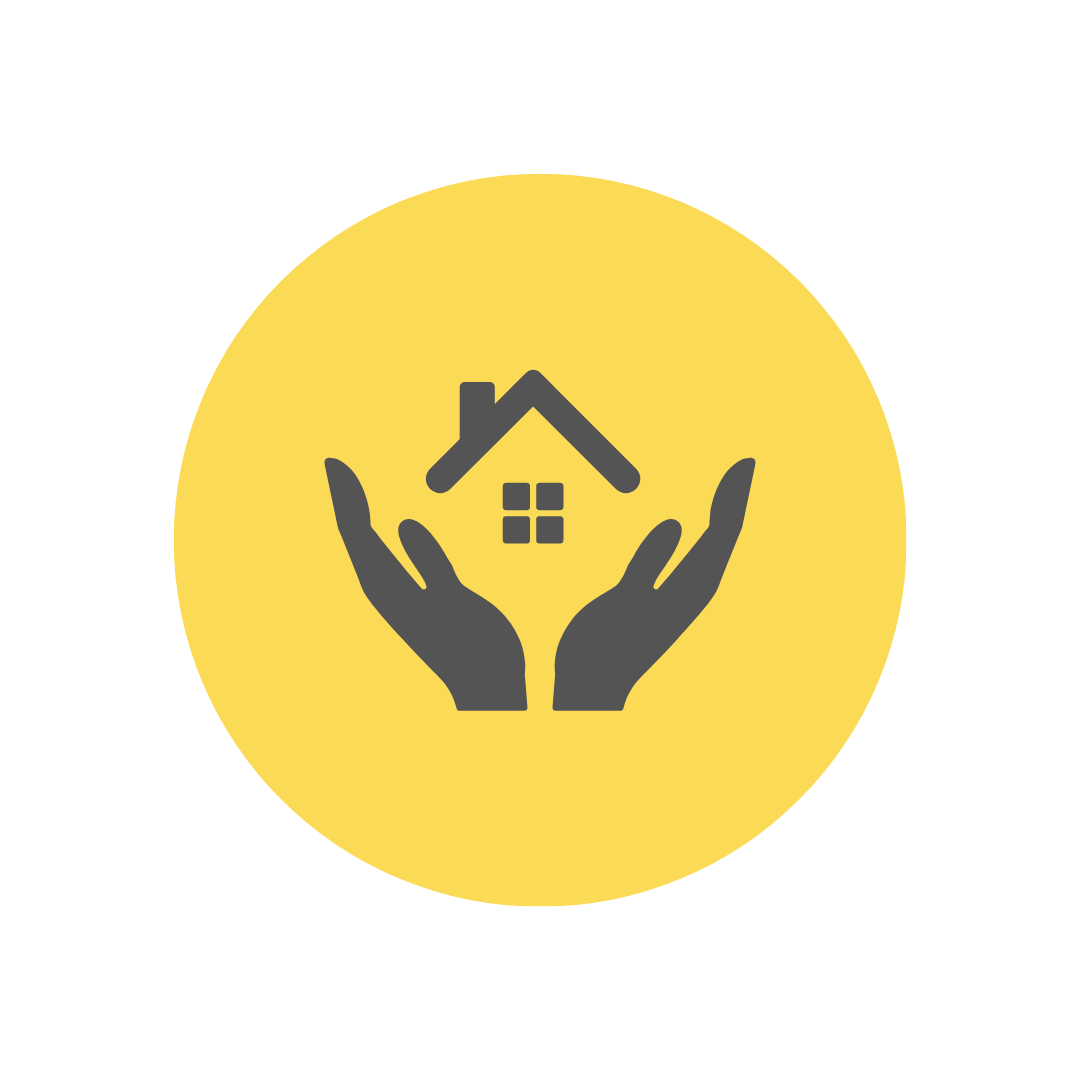Khums donations received by Al-Ayn are utilised to provide essential financial support to orphaned children, and to support programmes that contribute towards their essential needs. This applies to both Sahm Al-Imam and Sahm Al-Sada donations*.
* Sahm Al-Sada is distributed to orphaned children of Hashimi lineage, defined according to jurisprudential requirements. We have an arrangement with the office of Al-Sayyed Al-Sistani to exchange any excess Sahm Al-Sada donations with Sahm Al-Imam donations to be distributed to other orphaned children.








